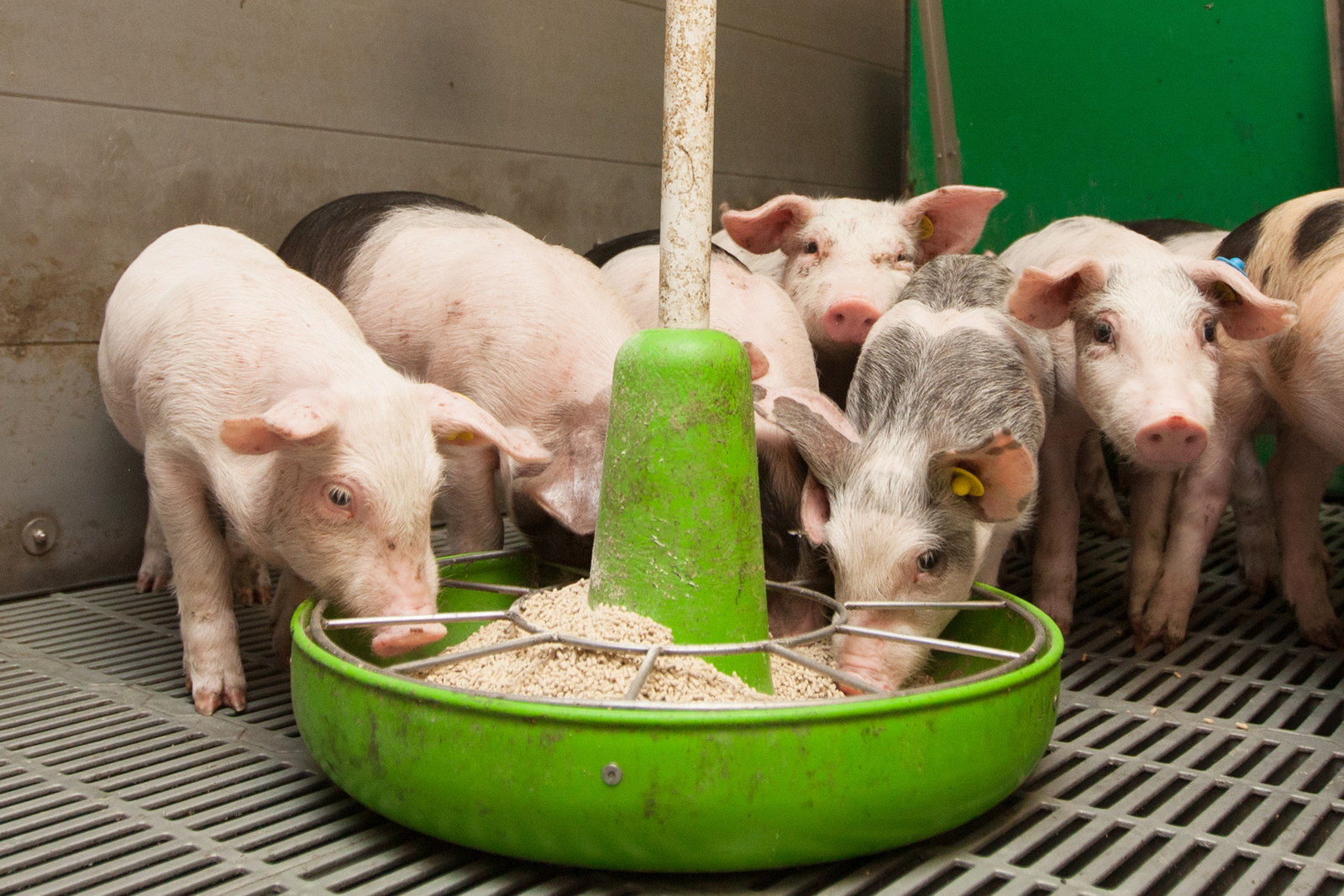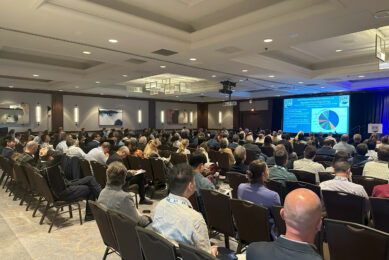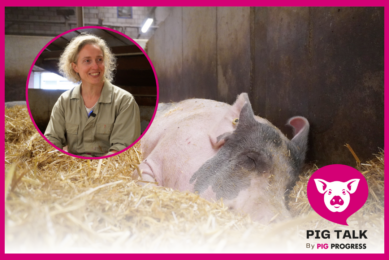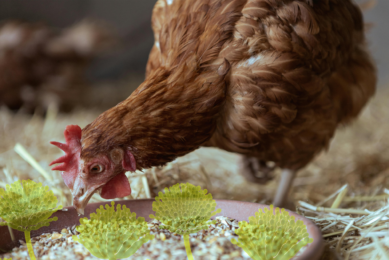Study on simultaneous detection of ZEA and DON

German researchers carried out a study to determine zearalenone, deoxynivalenol and metabolites in bile of piglets fed diets with graded levels of Fusarium toxin contaminated maize.
The Fusarium toxins zearalenone (ZEA) and deoxynivalenol (DON) are of special importance in animal nutrition, the authors state in their paper, recently published in the World Mycotoxin Journal. The study in piglets therefore looked at ZEA and DON, including their metabolites α-zearalenol (α-ZOL), β-zearalenol (β-ZOL), zearalanone (ZAN), α-zearalanol (α-ZAL), β-zearalanol (β-ZAL) and de-epoxydeoxynivalenol (DOM).
Mycotoxin intake & time of exposure measured
Bile is a suitable matrix for the determination of individual levels of ZEA, DON and their metabolites. Consequently, the toxin residues in bile are suitable tools for the diagnosis of intoxications of piglets to naturally occurring ZEA and DON. The current study therefore looked at the relationship between the levels found in bile and the respective mycotoxin intake via the feed per kg body weight. Although this has been studied before, the researchers also looked at whether the time of exposure additionally influenced the toxin residues in bile of piglets. The ‘time of exposure’ has not been tested before as a potential source of variation.
Results
In this study, 125 female piglets were given either a control diet or 1 of the 4 mycotoxin contaminated diets (0, 1.25, 2.5, 5 and 10% naturally contaminated maize at the expense of control maize, resulting in 0.01/0.03, 0.05/0.59, 0.08/1.27, 0.17/2.01 and 0.29/4.52 mg ZEA/DON per kg feed). The researchers indeed showed that the toxin residues in bile correlated well with the respective mycotoxin intake per kg body weight and day and the mother toxin concentration in the diets.

A-Z on Mycotoxins: which mycotoxins are we dealing with?
The A-Z on Mycotoxins looks at the What / Where / How of mycotoxins; what they are, where they are found and how they impact an animal’s health.
Furthermore, significant differences for the exposure times within the feeding groups were observed for ZEA, α-ZOL, β-ZOL and DOM in groups 2-5 and for α-ZOL also in the control group, whereby the median concentrations increased sharply up to day 3 of exposure and remained relatively constant until the end of the experiment. Comparable time-dependent effects were also found in serum, liquor and urine of the same piglets (Brezina et al., 2014a). This initial increase should be taken into account if the mother toxin, the metabolites or the sum of them will be used for the assessment of animal exposure to mycotoxins.
Relationships between toxin residues
In the present study, a simple and fast sample preparation method using combined immunoaffinity columns was successfully developed and can be used for the simultaneous determination of ZEA, DON and their metabolites in pig bile with LC/MS/MS. The authors also address that, besides the analysis of mycotoxin residues in specimens of pigs, such as bile, it is also important to establish relationships between the toxin residues in samples of animal origin and the dietary toxin intake, which was already discussed by Dänicke et al. (2008).
[Source: Wageningen Academic Publishers]











